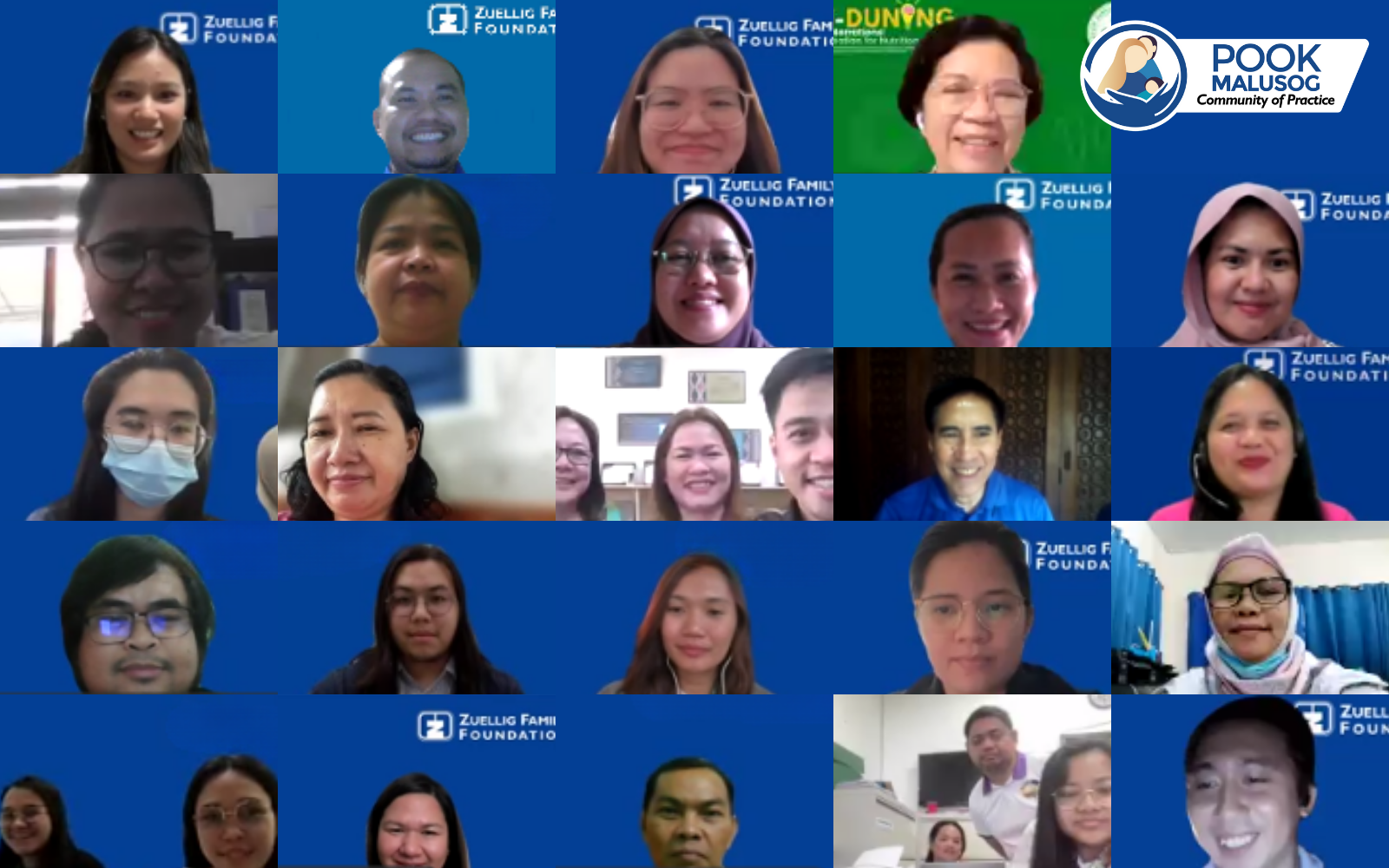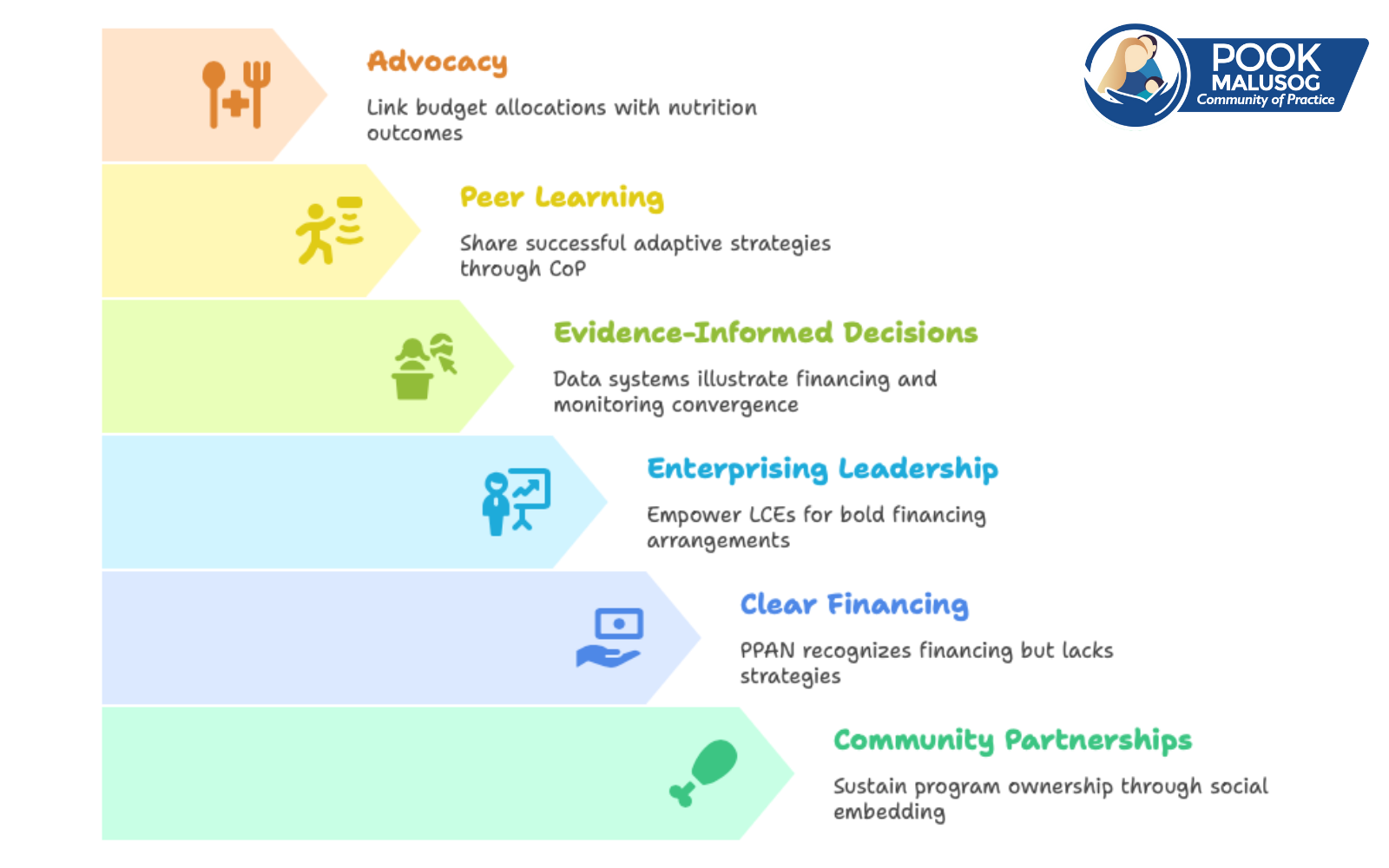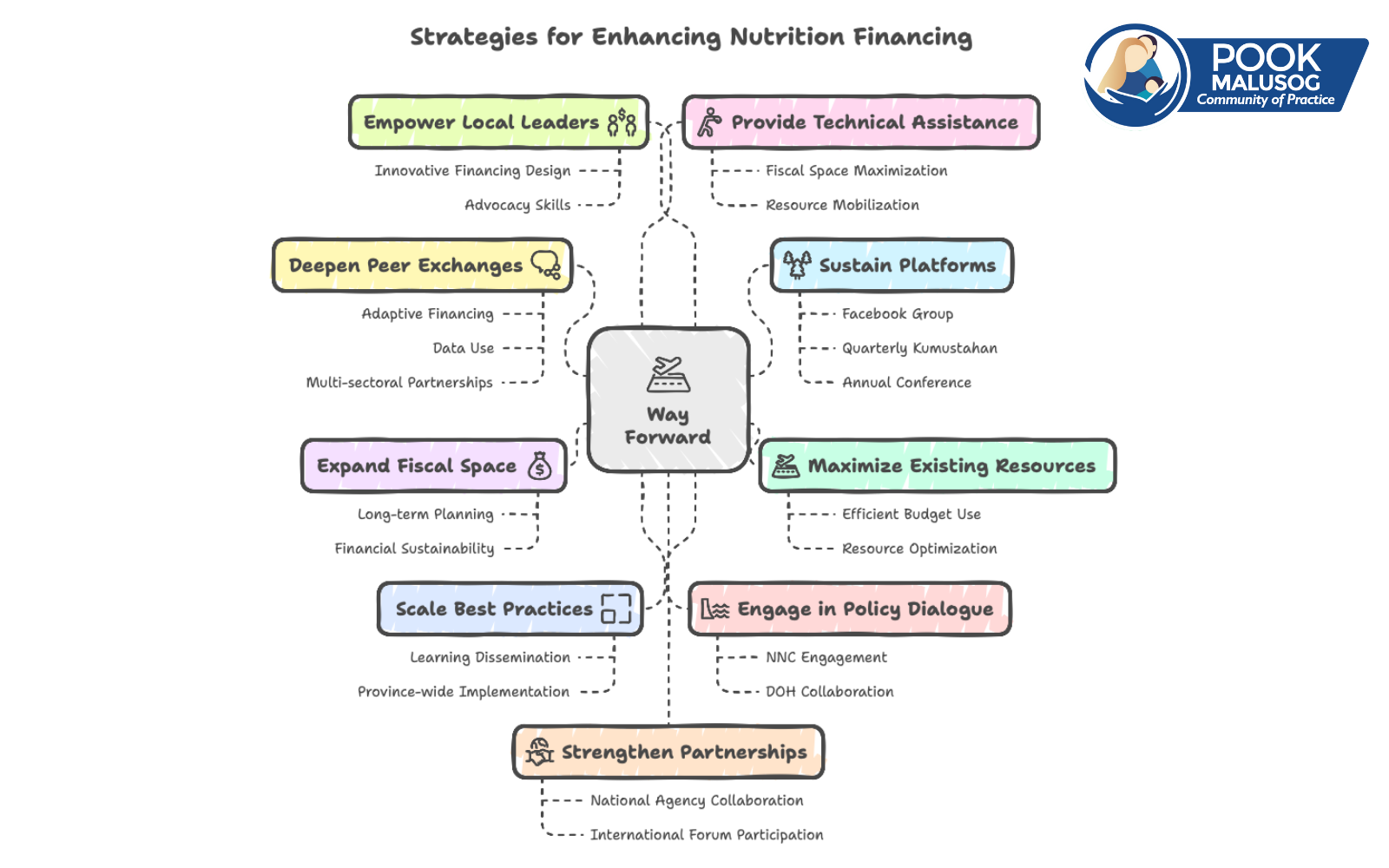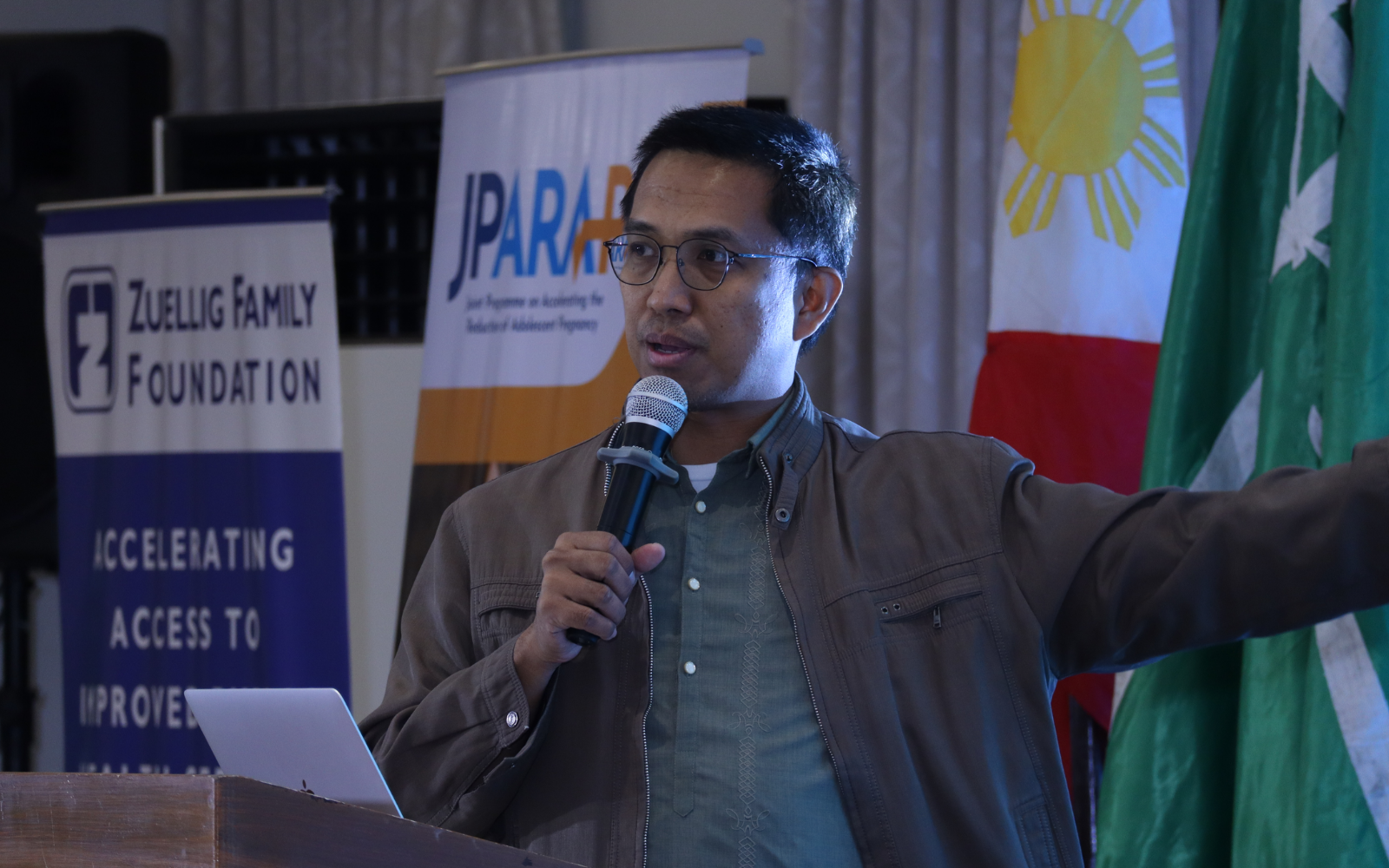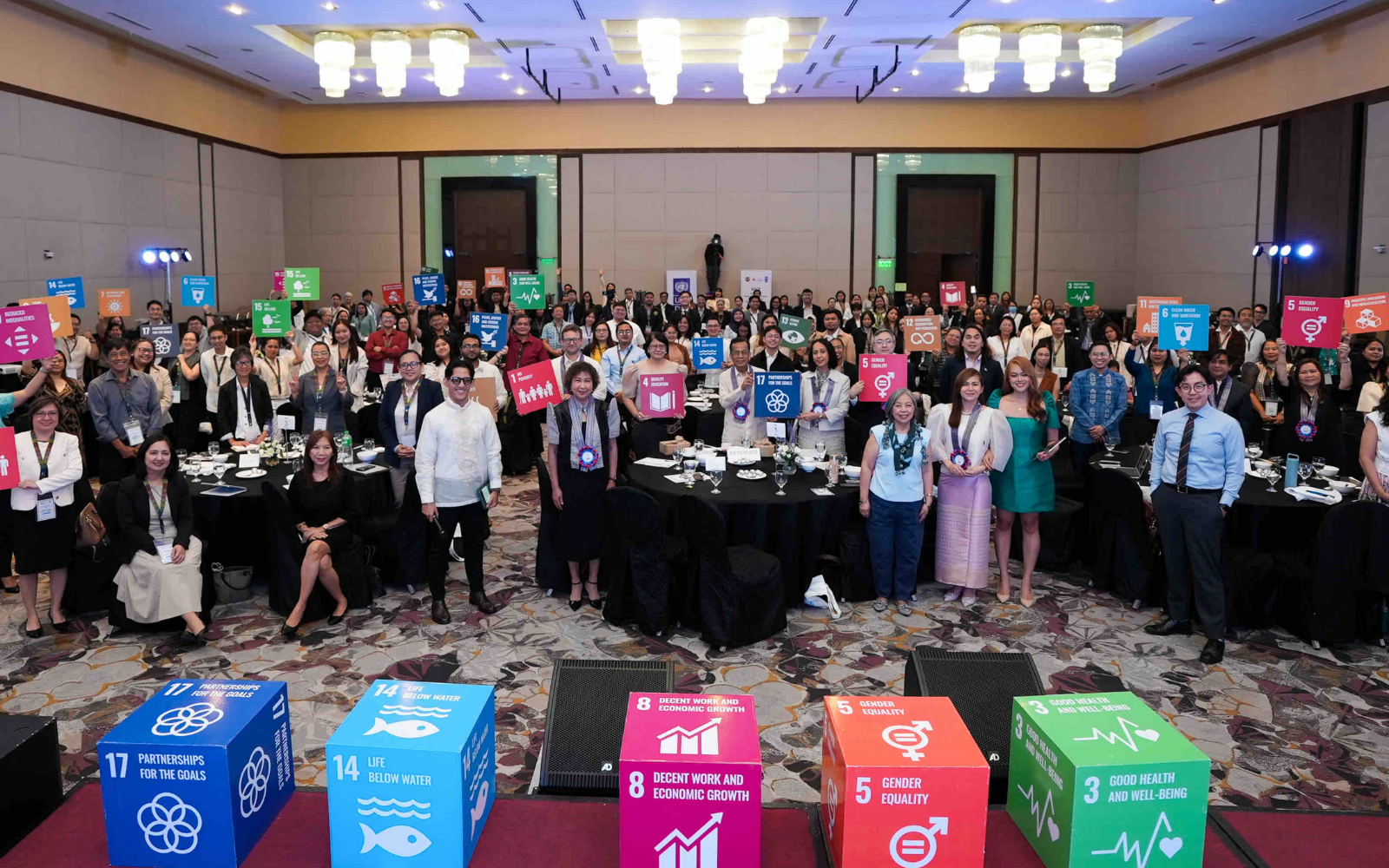Improving Health Information Systems for Universal Health Coverage in the Philippines
Health data should move as easily as people do—but in the Philippines, that is still far from reality.
This paper takes a close look at the country’s push to improve its health information systems as part of its journey toward universal health coverage (UHC). The authors unpack recent reforms, including the development of a National Health Data Repository and a unified digital health framework, while also pointing out ongoing problems including weak infrastructure, delayed technical support, and gaps in data quality.
What makes this study especially valuable is its focus on challenges faced by local governments and health workers. The authors argue that solving these issues means going beyond new technology—having consistent investment, proper training, and making sure existing policies actually work on the ground. Funded by the Zuellig Family Foundation (ZFF), the paper offers a grounded, hopeful path forward for building a more connected and people-centered health system.
PRESENTATION: Empowering Barangay Leaders for Nutrition and Development in the City of Manila, Philippines
Zuellig Family Foundation (ZFF)’s abstract on nutrition leadership ranked 4th at the International Affiliate of the Academy of Nutrition and Dietetics (IAAND) Global Conference 2025.
The IAAND delegation included professionals from different fields—clinical work, public health, communications, education, and research. Of the group, 38.5% worked in public health nutrition.
Rio Fe Del Valle, Nutrition Monitoring, Evaluation, and Learning Expert at ZFF, presented the paper titled “Empowering Barangay Leaders for Nutrition and Development in the City of Manila, Philippines.” Out of 18 abstracts from around the world, ZFF’s work placed 4th. This recognition highlights the importance of strong partnerships—with communities, schools, the government, and both public and private groups—in driving improvements for public health nutrition, especially in developing countries like the Philippines.
The IAAND has officially published the conference proceedings. You can see the posters, listen to the talks, and learn more about global efforts to build stronger nutrition and dietetics programs here.
View the full presentation here:
ZFF Presentation_IAANDPRESENTATION: Harnessing Multisectoral Collaboration for Nutrition through the Municipal Nutrition Governance Program: The Experience of Siargao Islands, Philippines
The Zuellig Family Foundation (ZFF) joined experts, researchers, and advocates at the Centre for Holistic Initiatives for Learning and Development (CHILD) Conference 2025 in Singapore, a global gathering focused on improving early childhood care and development. The event focused on how research can shape better policies and programs for children’s health and nutrition.
In a breakout session, Denise Sisante, ZFF’s Nutrition Monitoring, Evaluation, and Learning Associate, shared lessons from its Municipal Nutrition Governance Program (MNGP) implementation in Siargao. She talked about how a multisectoral helped rebuild and strengthen nutrition systems after Typhoon Odette and the COVID-19 pandemic. With ZFF’s support, Siargaonons worked to restore essential health services, ensuring recovery and long-term sustainability.
More than just sharing experiences, the conference built new connections with academic institutions and other organizations—all working toward the same goal: stronger health and nutrition systems for children. By linking research, policy, and action, ZFF hopes to inspire more communities to find local solutions for better health and nutrition outcomes.
View the full presentation here:
ZFF Presentation_CHILD
PRESENTATION: Provincial Leadership and Governance Program: A Public-Private Collaboration Model for Local Health Systems Strengthening Towards Universal Health Coverage in the Philippines
What role do public-private partnerships play in improving health systems?
From November 18-22, 2024, Zuellig Family Foundation (ZFF) joined in the 8th Global Symposium on Health Systems Research (HSR 2024) in Nagasaki, Japan. Dr. Catherine Chung, ZFF Local Health Systems Portfolio Director, shared a compelling presentation on ZFF’s LHS project, “Provincial Leadership and Governance Program: A Public-Private Collaboration Model for Local Health Systems Strengthening Towards Universal Health Coverage in the Philippines.”
The study, co-authored by Fiona Norada and Dr. Anthony Faraon from ZFF, Arian Loreche and Veincent Pepito from the Ateneo School of Medicine and Public Health led by Dr. Manuel Dayrit, focused on the vital role of partnerships in strengthening health systems for better outcomes.
HSR 2024 gathered over 1,000 global participants, themed “Building Just and Sustainable Health Systems: Centering People and Protecting the Planet.” It was an excellent opportunity for ZFF to share knowledge, exchange ideas, and learn from global best practices on building people-centered health systems.
View the full presentation here:
ZFF Presentation_HSRPRESENTATION: Nurses-Led Municipal Leadership and Governance Program (MLGP): Experiences of Local Chief Executives in Central Visayas, Philippines
At the 4th International Conference on Nursing and Women’s Healthcare in Bangkok, Thailand, from November 4-6, 2024, Zuellig Family Foundation’s Standards and Academic Partnerships Manager, Philip Jerome Flores, presented research on the Nurses-Led Municipal Leadership and Governance Program (MLGP). The study, published in the Belitung Nursing Journal, highlights the experiences of Local Chief Executives (LCEs) in Central Visayas.
The research, conducted in partnership with Silliman University, Cebu Normal University, and funded by the Department of Health (DOH)-Central Visayas, focuses on how the MLGP enhances leadership competencies of LCEs. Flores shared insights on how nurses and governance experts have played a key role in transforming local health leadership, especially in underserved communities. This is part of ZFF’s ongoing effort to improve healthcare delivery through strong local leadership.
View the full presentation here:
ZFF Presentation_ScientexPRESENTATION: Early Lessons in integrating health information systems to achieve Universal Health Coverage in the Philippines
From October 23-25, 2024, Zuellig Family Foundation (ZFF) had the honor of sharing its work on strengthening health information systems at the 55th Asia-Pacific Academic Consortium for Public Health (APACPH) in Busan, South Korea.
Dr. Catherine Chung, ZFF Local Health System Director presented an in-depth study titled “Early Lessons in Integrating Health Information Systems to Achieve Universal Health Coverage in the Philippines,” which focused on ways to improve health data systems to reach more Filipinos. This research was a team effort, co-authored by Dr. Jenilyn Dabu, Fiona Norada, and Marienelle Hilapad, and highlighted innovative strategies to support Universal Health Care (UHC) goals.
The APACPH conference, with its theme “Public Health: Shifting Paradigms for Future Society and Community,” brought together public health experts from across the Asia-Pacific region to discuss how to meet the changing needs of health systems and communities. By exchanging ideas with international experts, ZFF strengthens its commitment to making healthcare in the Philippines more accessible and effective, aligning with the global movement toward sustainable health improvements.
View the full presentation here:
ZFF Presentation_APACPH
Financing Nutrition: Insights from the Pook Malusog Community of Practice Session
The Zuellig Family Foundation (ZFF), through the Pook Malusog Community of Practice (CoP), gathered partners to confront one of the toughest issues in nutrition governance: financing.
Nutrition governance core teams from the provinces of Sarangani, Samar, Northern Samar, Basilan, and Zamboanga del Norte joined the webinar, together with municipal cohort graduates under these provinces. AHON Siargao municipalities and the Manila Health Department also shared their experiences from the ground.
The National Nutrition Council’s Regional Nutrition Program Coordinators and technical staff added their expertise, while consultants Dr. Esmeralda Silva-Javier and Dr. Cecilia Cristina Acuin provided evidence and analysis. ZFF Chairman Dr. Manuel Dayrit offered guidance and reflection. Their participation underscored the Community’s role as a space where local leaders, national agencies, and research partners learn and collaborate to strengthen nutrition systems.
Understanding the Financing Challenge
Dr. Silva-Javier presented findings from a ZFF Case Study on Investments for Nutrition in Sarangani and Northern Samar. The research revealed a persistent mismatch between nutrition responsibilities and the fiscal capacity of local governments. Even with higher budgets—rising from 1 million to 2.75 million pesos annually—up to 90% of Local Nutrition Action Plan activities remain unfunded. Most of the money goes to salaries, leaving little for programs, supplies, and monitoring.
Yet the study confirmed that even modest increases in spending produce measurable improvements. For instance, Northern Samar would need just 250 pesos per capita annually to cut wasting by one percentage point. Sarangani would need 204 pesos. These findings echo global evidence: well-targeted, consistent investments at the frontline can significantly reduce stunting and wasting.
The study also highlighted the role of “enterprising” local chief executives who bridge gaps through creativity and partnerships. Examples include Alabel’s Nutri-bun bakery, Kiamba’s egg distribution, and Gamay’s nutrition trust fund. While promising, Dr. Silva-Javier cautioned that these remain small-scale. Closing the financing gap will require bolder arrangements such as revenue earmarking, trust funds, and strategic purchasing.
Lessons from the Community of Practice
Discussions from the webinar brought out several key insights:
- The Community of Practice Framework Works. By centering on Purpose, People, and Practice, the Community helps LGUs sustain and expand gains through continuous learning and application.
- Critical Knobs in Action. Field stories showed how ZFF’s 8 Critical Knobs for Nutrition Governance provide a practical guide for strengthening systems, from institutionalizing nutrition staff to forging cross-sector partnerships.
- Local Innovations Matter. Enterprising leaders have piloted food processing plants, Nutri-bakeries, egg production, and trust funds, proving that creative solutions can fill gaps.
- Financing Gaps Remain. Despite local allocations, most plans remain underfunded. Evidence shows, however, that even small but steady investments pay off in nutrition outcomes.
- Other Factors Count. Socio-economic conditions, maternal education, water and sanitation, disasters, and household income also shape nutrition outcomes. This underlines the need for nutrition-sensitive programs alongside nutrition-specific ones.
Breakout group discussions shed more light on what is working and where challenges remain. Strong leadership from local chief executives, adoption of national policies, and partnerships with communities and donors emerged as effective practices. However, LGUs struggle with unclear budget guidance, limited fiscal space, and the lack of permanent positions for nutrition staff.
Participants emphasized the need for better budget-tagging tools, clearer allocation guidelines, and stronger multi-sectoral planning. They also called for peer-to-peer exchanges to spread successful innovations, from donor-supported feeding programs to local bakeries financing nutrition.
Implications for Nutrition Governance
The webinar made clear that:
- Provinces must integrate systems, while municipalities deliver services on the ground.
- Evidence-based decisions strengthen the case for nutrition in fiscal planning.
- Community ownership and partnerships keep programs sustainable.
- Clearer financing pathways and national policy guidance are essential.
- Local leaders must be empowered to design innovative financing strategies.
The Pook Malusog Community of Practice must now focus on sustaining momentum and scaling innovations. Empowering local chief executives to design and advocate new financing arrangements will be crucial, as will expanding peer-to-peer learning that highlights adaptive practices, smart data use, and cross-sectoral collaboration. Providing technical support to help LGUs maximize fiscal space and mobilize resources can ensure that nutrition programs are not only launched but also sustained over time. The Community should also act as a channel for scaling up proven practices from pioneering LGUs to more provinces and municipalities, ensuring that lessons learned do not remain isolated. Finally, engaging national agencies and policy actors is essential to institutionalize sustainable financing pathways, while maintaining spaces for local solutions to flourish.
By linking research, local innovations, and strong leadership, it demonstrates how LGUs can move from scattered efforts to collective strategies. The future of nutrition governance in the Philippines depends not only on increased funding, but also on smarter, evidence-informed, and community-driven use of resources.
Authors: Samantha Morales, ZFF Nutrition Knowledge Management and Communications Associate; Krizzia Esperanza, Corporate Communications Associate
Learning and Working Together: Insights from the Youth Leadership Colloquiums in Southern Leyte and Samar
Two provinces in Eastern Visayas reflected on how young people and local leaders can work side by side to address adolescent health.
Through the Expanded Youth Leadership and Governance Program (EYLGP) of the Zuellig Family Foundation in partnership with the United Nations Population Fund, Southern Leyte and Samar shared lessons, successes, and remaining challenges during their colloquiums held in August 2025.
In less than two years, our program cohort in Southern Leyte cut its adolescent birth rate by 29%, with the municipalities of Liloan and Tomas Oppus reporting zero teen births in 2024. Samar also moved forward, lowering its adolescent birth rate in partner municipalities by 5% and doubling contraceptive use among teens. Both provinces strengthened adolescent-friendly health facilities, supported peer education, and created local committees that regularly meet to tackle youth concerns.
Despite progress, both provinces face similar challenges. Births among very young girls aged 10 to 14 years old increased, often tied to gender-based violence and exposure to harmful online content. In Samar, education completion rates are also declining, while poverty continues to put many adolescents at risk. These issues show that reducing teen pregnancies is not only a health concern but also a matter of child protection, education, and community support.
Related articles:
- Youth and Local Leaders Join Forces to Prevent Teen Pregnancies in Samar
- Southern Leyte Shows Progress in Reducing Teen Pregnancies
Key Insights
Dr. Ramir Blanco, public health specialist, synthesized the insights from both colloquiums, and noted that while each province has a unique context, some common lessons stand out:
- Partnership works best when youth are seen as equal partners. Adolescents bring energy and ideas that make health programs more effective.
- Local governments need to back policies with real budgets. Commitments become meaningful only when resources follow.
- Health services must be accessible and friendly to teens. Both provinces showed that when facilities are welcoming, more adolescents use them.
- The challenge of early adolescent pregnancies requires stronger systems. This goes beyond health and must involve education, social welfare, and community protection.
As the colloquiums showed, the most powerful change comes when young people and leaders share responsibility. When adolescents are given a voice and communities stand behind them, reducing teen pregnancies becomes not just a goal, but a shared achievement for healthier, brighter futures.
Zuellig Family Foundation’s Provincial Leadership and Governance Program Featured in 2025 Voluntary National Review
The Provincial Leadership and Governance Program (PLGP) of the Zuellig Family Foundation (ZFF) was recently featured in the Philippines’ 2025 Voluntary National Review (VNR) as a key example of how civil society and local government partnerships are helping the country achieve Sustainable Development Goal (SDG) 3: Good Health and Well-Being.
Implemented from 2019 to 2022 in the provinces of Aklan, Agusan del Sur, and Bataan, the PLGP strengthened provincial governments’ capacity to lead and manage local health systems. The program supported governors, mayors, and their health teams through leadership training, coaching, and technical assistance, with the goal of improving access to primary healthcare, particularly maternal and child health, infectious disease control, and non-communicable disease management.
Assessments conducted in 2023 and 2024 showed positive results. Maternal deaths at the provincial level declined, while skilled birth attendance and facility-based deliveries increased. These improvements reflected the provinces’ strengthened health systems and commitment to prioritizing frontline health services.
The PLGP is part of ZFF’s broader effort, in collaboration with the Department of Health (DOH), academic institutions, and development partners, to enhance local health leadership and governance. The program has since informed the design of the Bayang Malusog Program, which is now being implemented in several regions by DOH Centers for Health and Development, with academic partners, ensuring that lessons from the PLGP contribute to the nationwide acceleration of Universal Health Care.
The 2025 VNR, presented nationally on August 27, 2025, provides a comprehensive assessment of the Philippines’ progress in achieving the SDGs. In his message, Department of Economy, Planning, and Development Secretary Arsenio Balisacan stressed the importance of sustained collaboration across sectors to institutionalize reforms and meet critical SDG targets.
The full 2025 VNR can be accessed here: https://sdg.depdev.gov.ph/voluntary-national-review-2025/
